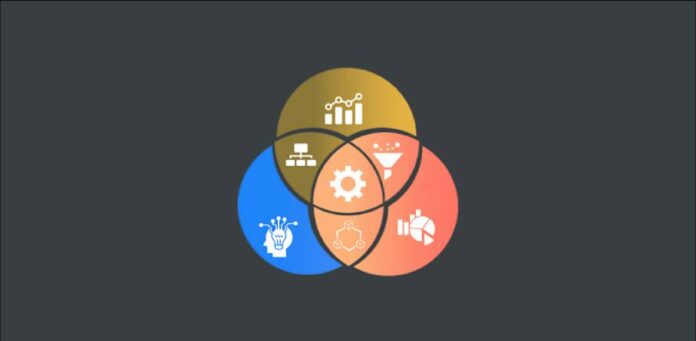The Major Programming Concepts Essential For Data Scientist: Machine Learning and Recursive Formulation. You may have already used these concepts in other programming languages, but learning SQL will help you in your data science career. While SQL is not suitable for creating apps, you’ll use it to query databases. In fact, you’ll probably be using it to analyze large volumes of data. It also makes it possible to process large amounts of data in real time, which is an advantage for many companies.
Python. As the most popular general-purpose programming language, Python is gaining popularity among data scientists. Its combination of high performance algorithms and ease of use makes it a natural choice for data science jobs. It is also capable of integrating with C and Fortran algorithms. Its popularity is particularly high in data science circles. It is widely used in scientific computing, machine learning, and data mining. Learn Python.
R and Python. These two languages are the most widely used languages for data science, and they are used for a variety of tasks and types of technology. You can also learn these languages if you are a data scientist. You’ll need to learn how to use them, but you can learn more about them as you progress. If you don’t know how to use these libraries yet, start with the most popular ones.
Python. The most versatile data science programming language, Python is an excellent choice for data scientists. Besides being widely used, it’s versatile, and has many useful packages. For example, it can handle data mining, website construction, and embedded systems. Pandas is a popular Python library for data analysis. It allows you to import Excel spreadsheets and plot them with box and histogram plots. While you may be a beginner in Python, you’ll have a lot of fun using it, and it will definitely prove helpful as your career develops.
Hadoop. Hadoop is a collection of open-source software utilities that allows data scientists to process large datasets. The programmers of this language can use the same code base to run multiple systems. They can also use a combination of C and JavaScript. Then, they can create interactive dashboards and analyze datasets. In addition to that, they need to know the language they are using.
R. A popular language for data science is Python, but R is equally important for data scientists. It is an object-oriented language that has a lower number of iterations than Python, making it more efficient for data manipulation. Despite being an object-oriented language, R is also an effective tool for building interactive dashboards. The main advantage of R is its vast library of statistical functions. For example, it does not require a huge number of libraries, so it’s a good choice for people with little or no programming experience.
In addition to Python, data scientists need to learn Julia. The dynamic language is used for data mining and can run embedded systems. Moreover, Julia supports a wide variety of programming concepts. For example, it supports a database, which is useful for the creation of a dashboard. However, the language is not limited to data science. There are other languages that can be used for visualization and machine learning.
While R is useful for relational database queries, it is not essential for data scientists to learn it. A strong knowledge of Python and R is helpful for the data science career. As a data scientist, it is essential to learn how to analyze large datasets. In order to work in the field of big data, you should know how to query many different databases. It is important to know how to create and store a database of the type you need.
R is a language for large-scale, distributed data sets. Julia is a dynamic language that allows you to perform numerical analysis in high-performance computing environments. This is a great benefit for data scientists because Julia is easy to learn and allows you to develop complex applications quickly. It also helps if you understand basic formulas and operations. It is also essential to learn the newest language, Julia.
Also Read: How to Become a Data Scientist?

![What is a POC [Proof of Concept]? – Definition, Uses, Features and More What is a POC [Proof of Concept]? – Definition, Uses, Features and More](https://www.todaytechmedia.com/wp-content/uploads/2022/02/r-218x150.jpg)









